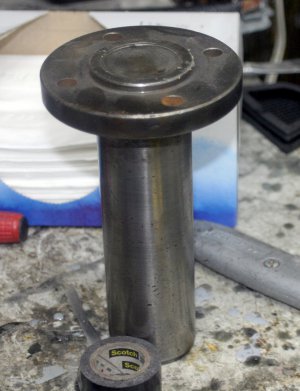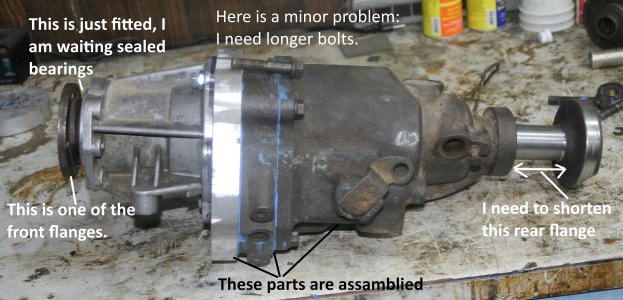Of course simply going and getting a new shaft that is all good will be your 100% solution. I’m guessing that you have/are looking into that option, but want to consider other options might be available. Certainly any “repairs” will be less than 100%, but several of the options will still be very good. The options presented above are all good.
Chrome plating is good, the application temperature is low so there is little risk of distortion, they will need to undercut the shaft a bit (slight strength reduction) and the chrome will be fully captured by the bearing (no possibility of it flaking off) - applying the chrome is probably not something the average person could do at home.
There are quite a few shaft metallizing methods, all have there plus/minus: chrome, copper, aero nickel, plasma spray, laser clad, HVOF and many others (seems there is a new procedure coming out every year). Looks like there are lots of shops in Phoenix.
Weldup is very good, it can be done as a home job (not really for a newbie if the part matters very much), there will be distortion, which will need to be managed.
Sleeving it is really quite straightforward (very doable for a home machinist). As a repair method, sleeving is very common. There will be a bit of strength reduction (the sleeve doesn’t contribute to the strength), the sleeve wall needs to be at least 0.025” thick when finished (0.050” thick wall would be better). I would be surprised if the component was designed so close to the allowable stress for that material that reducing the effective diameter a bit would make a difference. For the sleeve, simply use bar stock(i.e. 2”) and take the OD to ~1.80” for the installation, and bore it to about 1.70”. As others have pointed out, you need to get your measurement precision sorted out. The sleeve needs to be 0.0015“ - 0.0017” interference fit to the shaft (the calipers are not the tool for the job). Measure the sleeve bore accurately and skim the shaft to 0.0015” over that number (too bad the shaft isn’t stepped), can you just sleeve where the bearing and seal are located (and undercut the rest)? Make yourself a nice installation driver (you have to be totally ready, ready) the installation time for a small sleeve is only a couple seconds (if you fail then cut it off). Heat the sleeve to about 350F (cool the shaft - liquid N2 works really well, CO2 and alcohol is pretty good, even your home freezer is better than nothing) - cooling the shaft gives a little more clearance, but it also gives you a little more working time. Set your telescopic gauge to the target size of the expanded sleeve (shaft size plus about 0.001”) and check the sleeve before placing it - it won’t hurt the telescopic gauge, only takes about a second to confirm the sleeve is larger than target (the actual size doesn’t matter, so long as it is a bit larger than needed).
Let us know how you make out.



